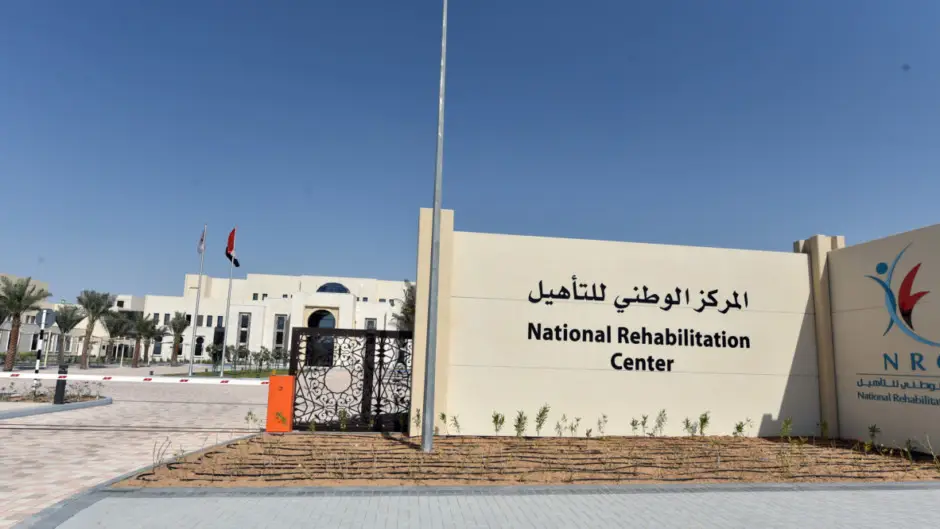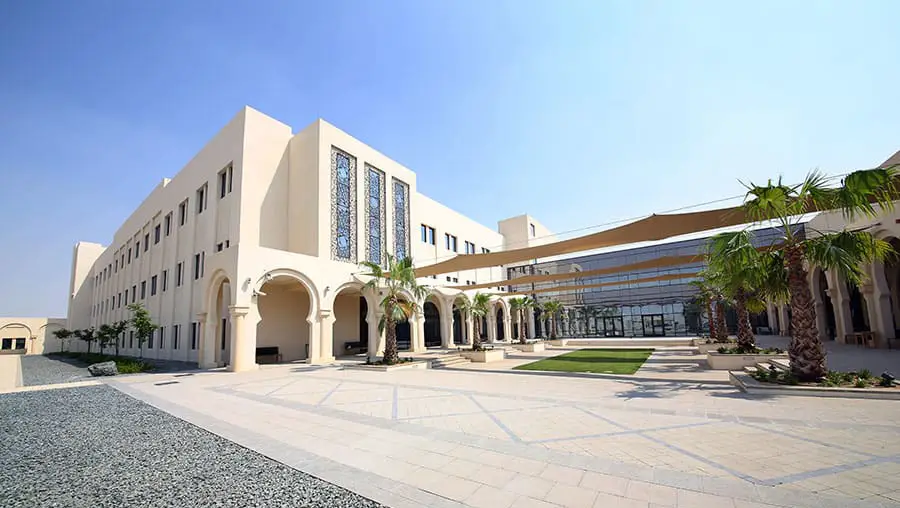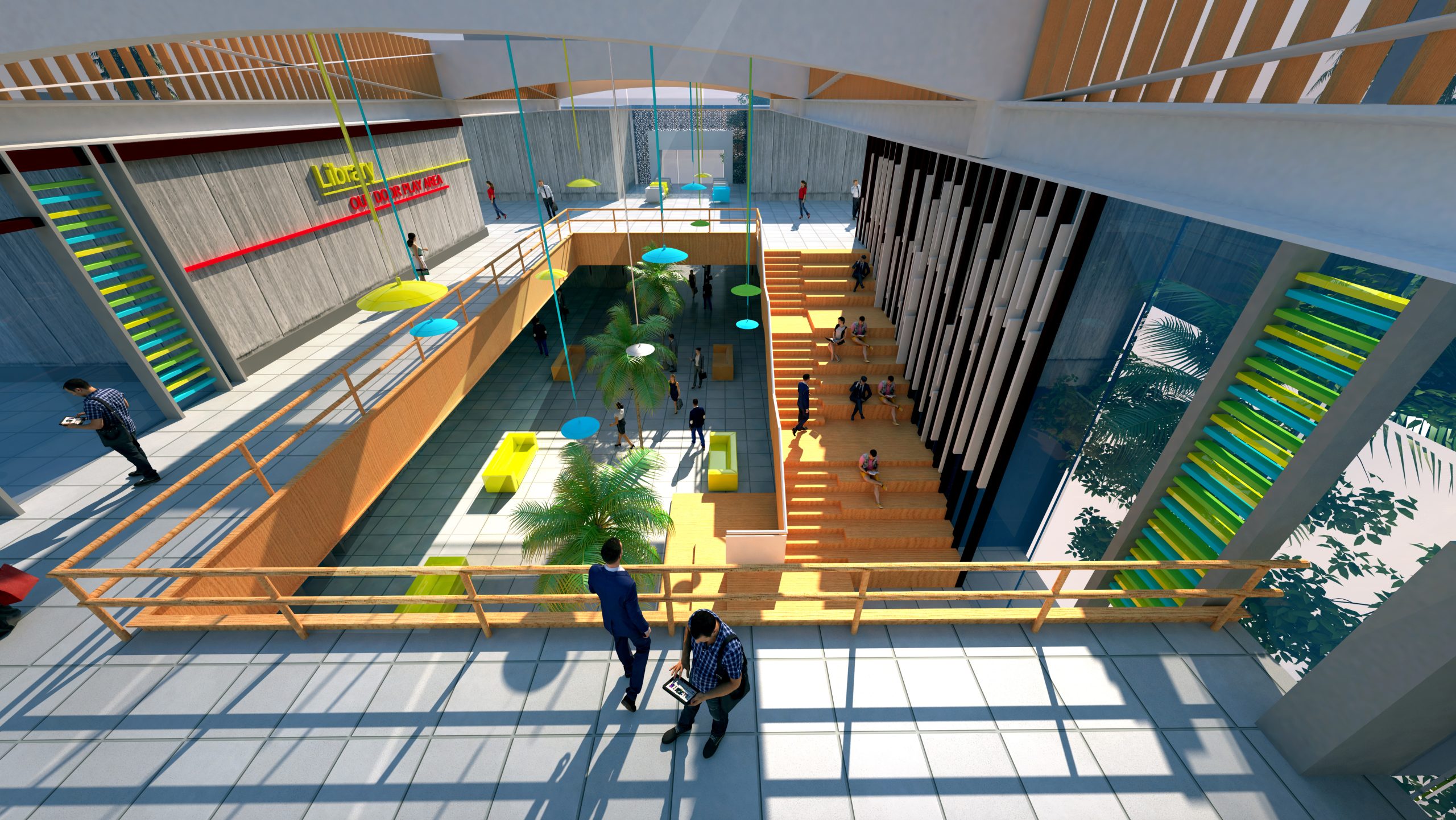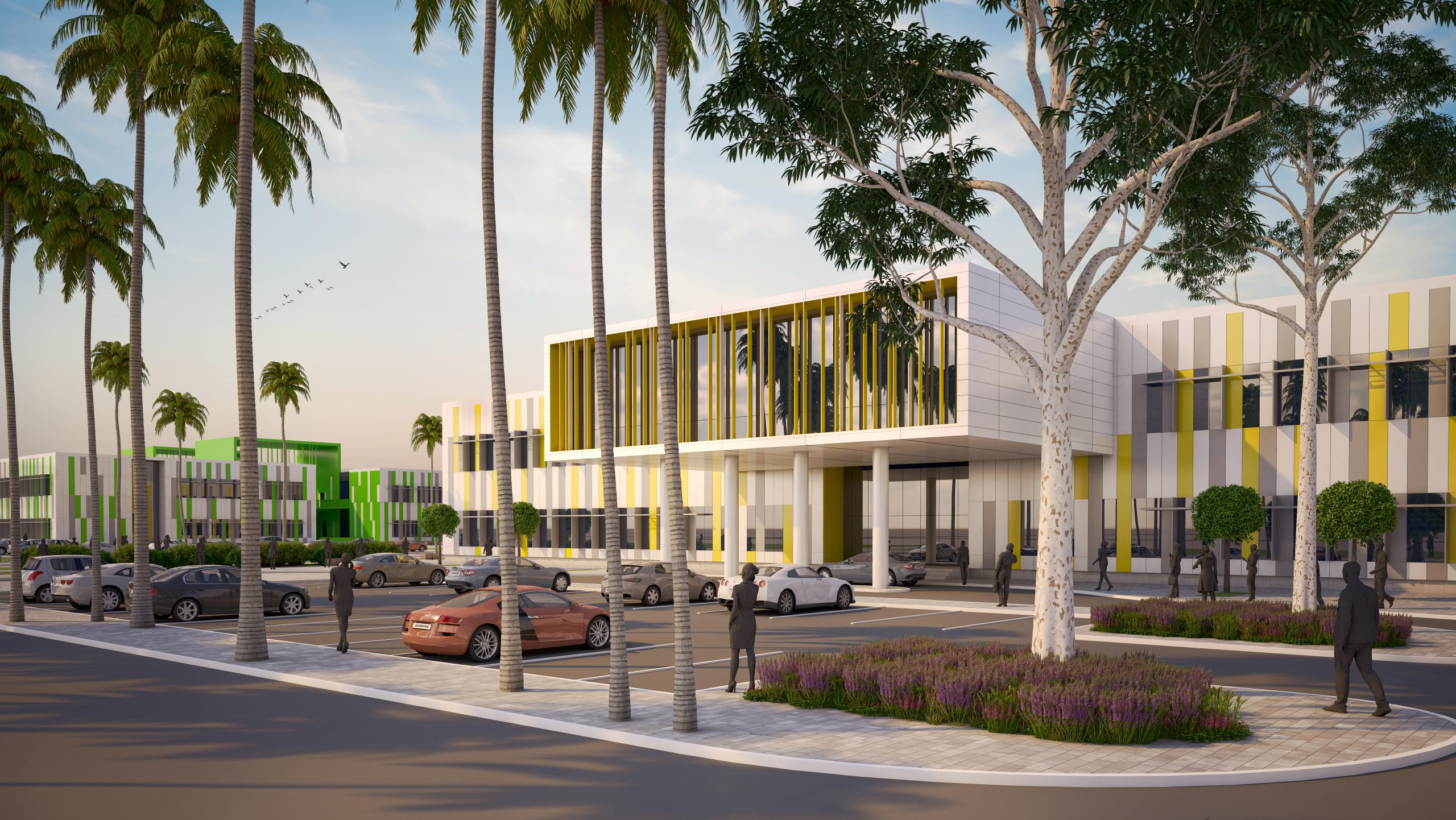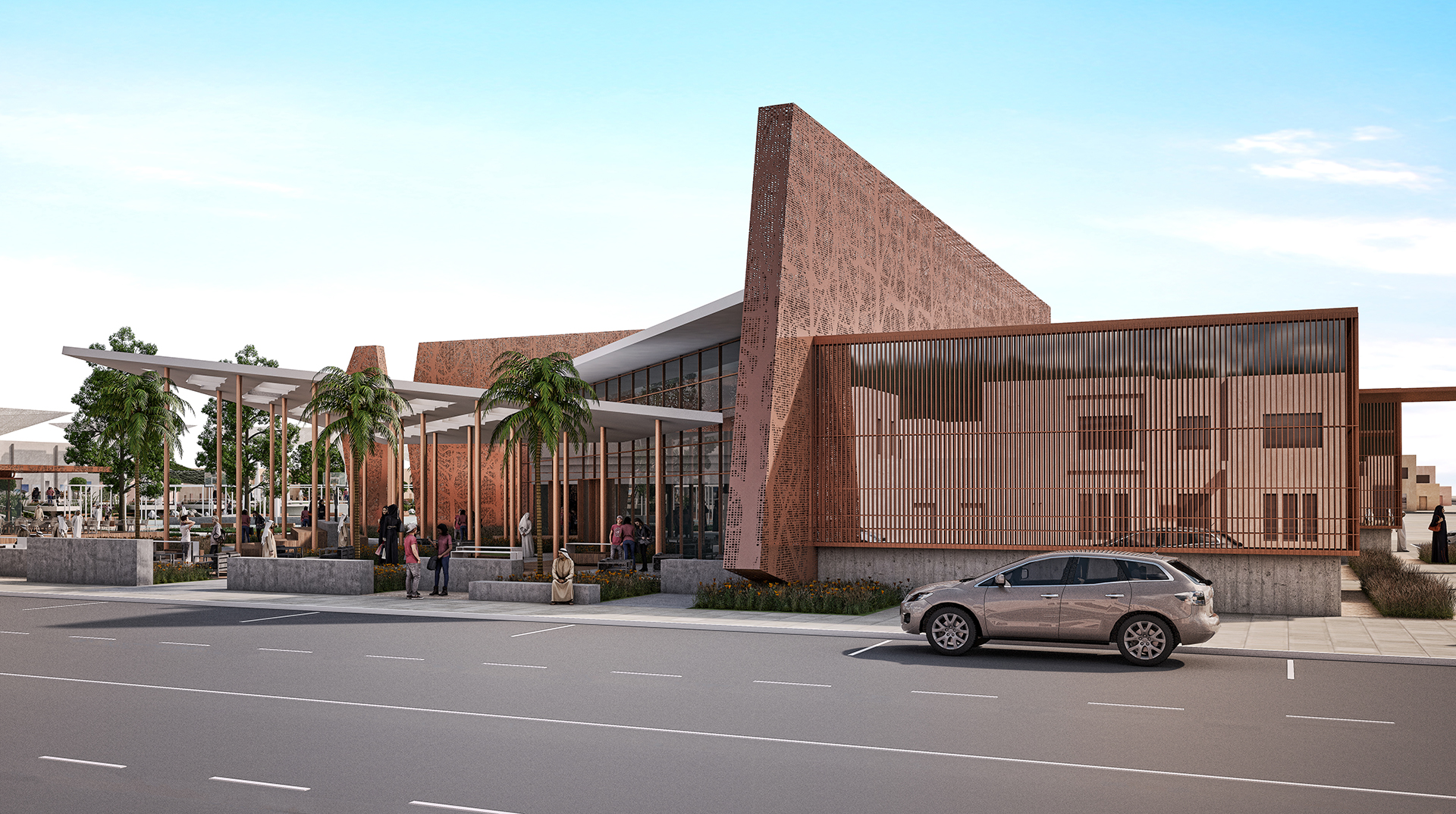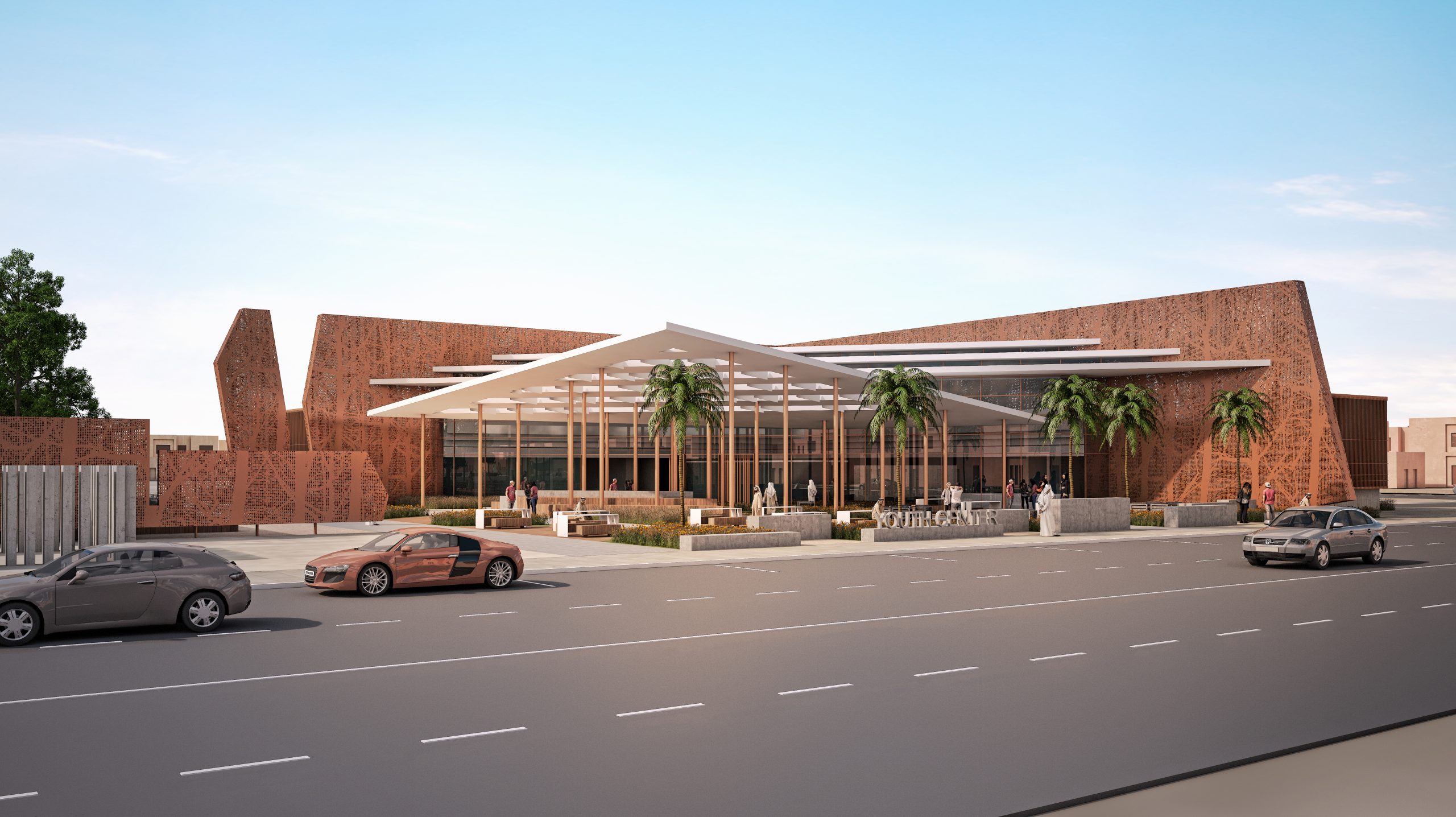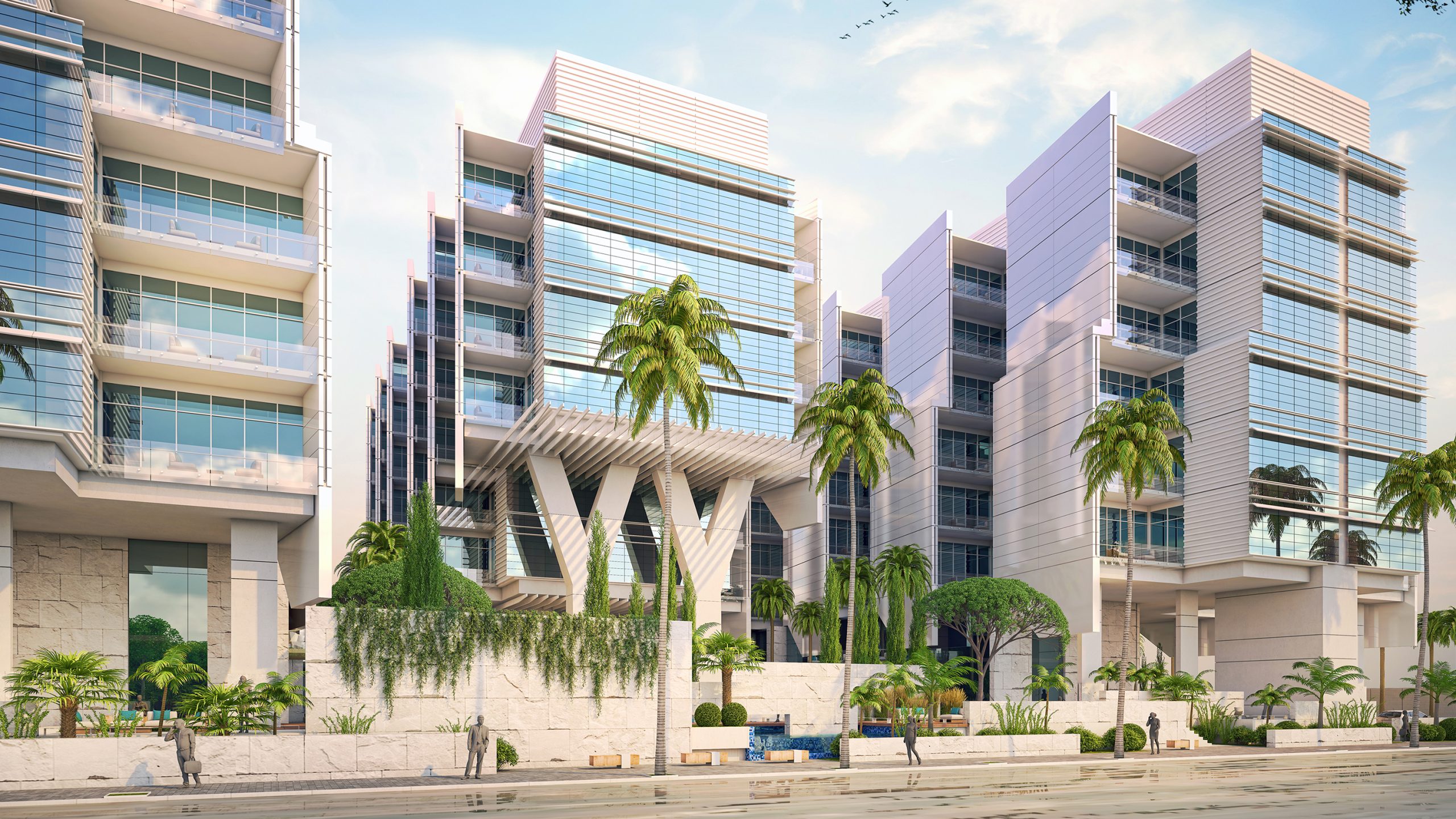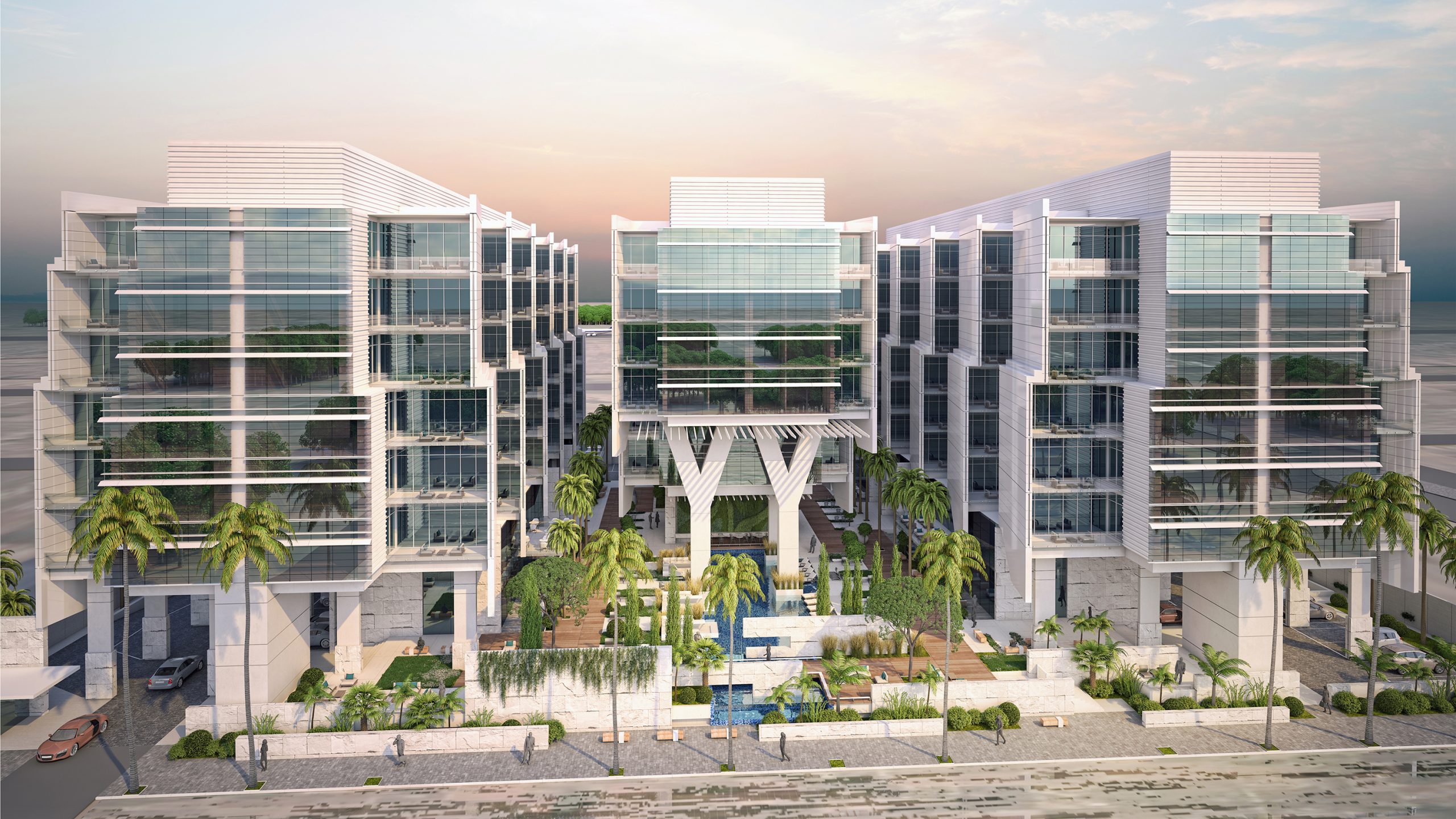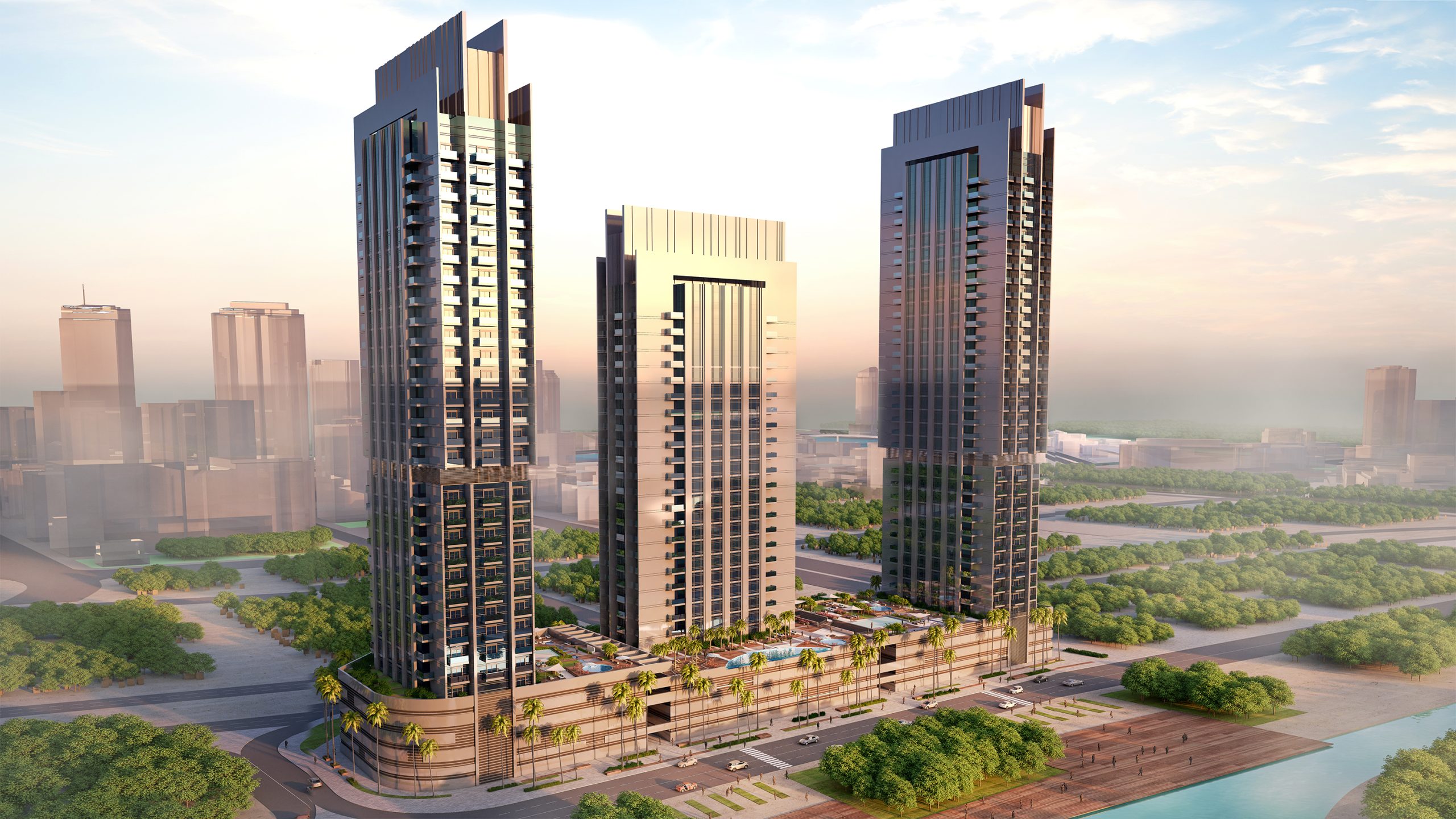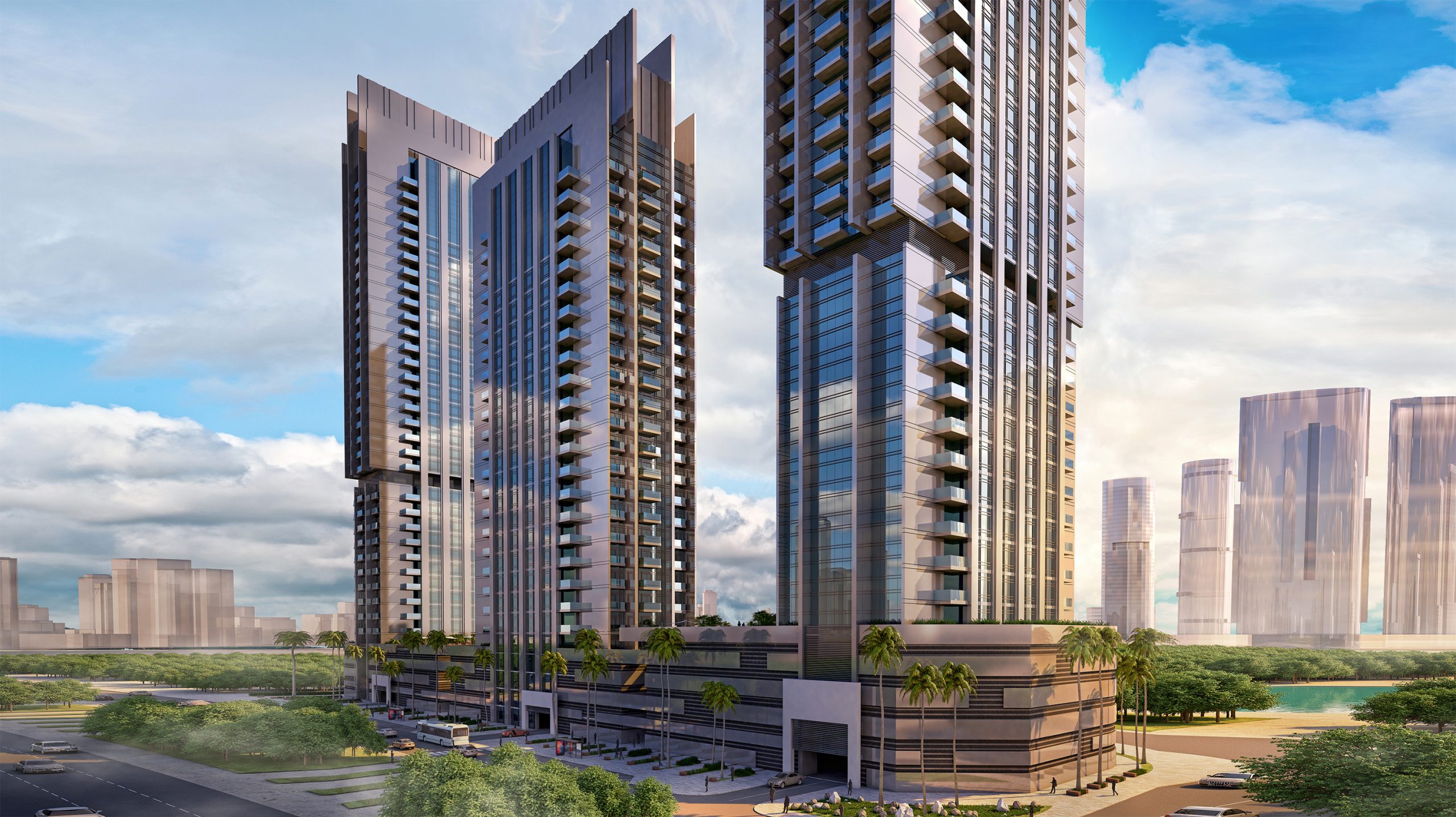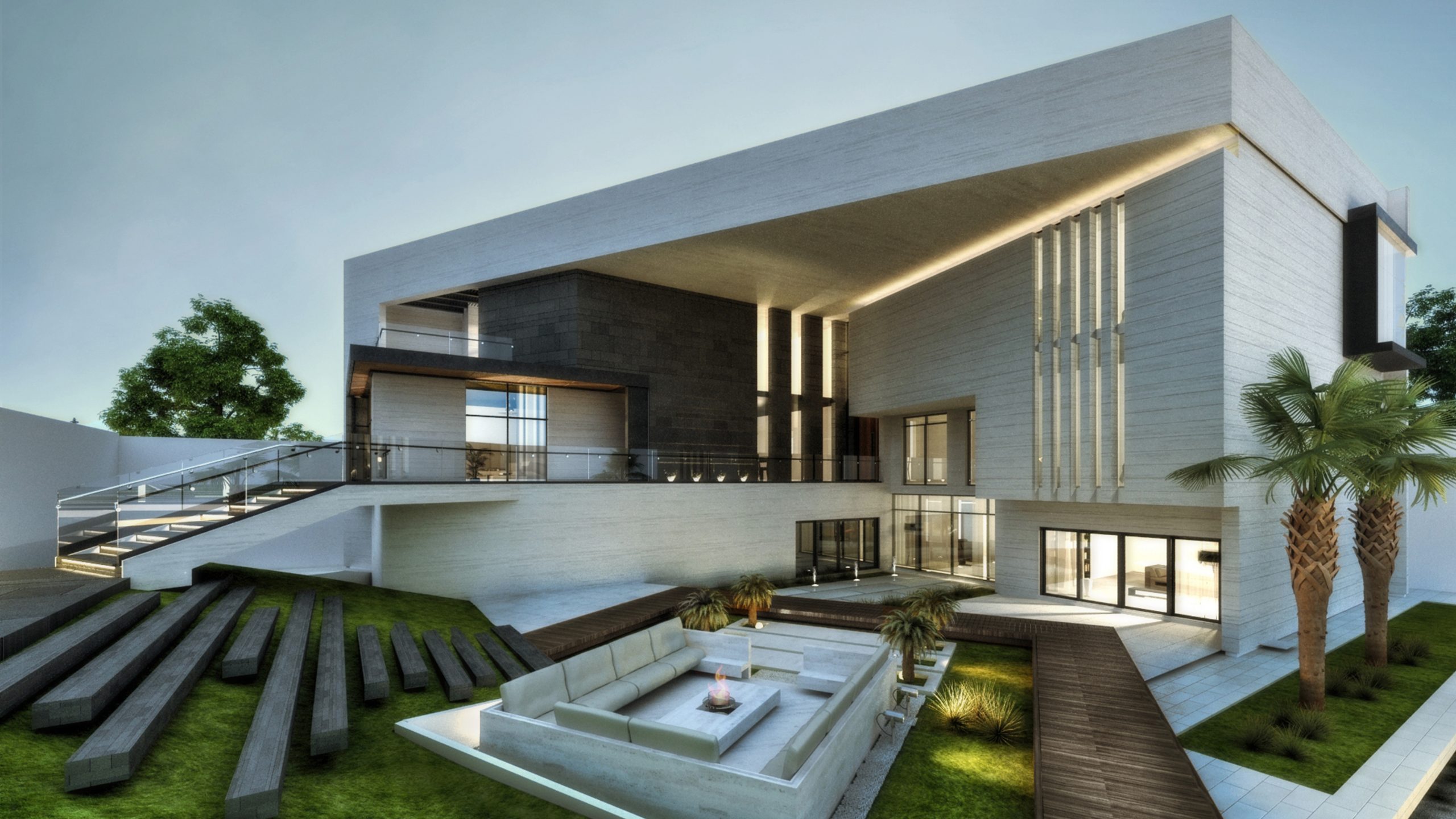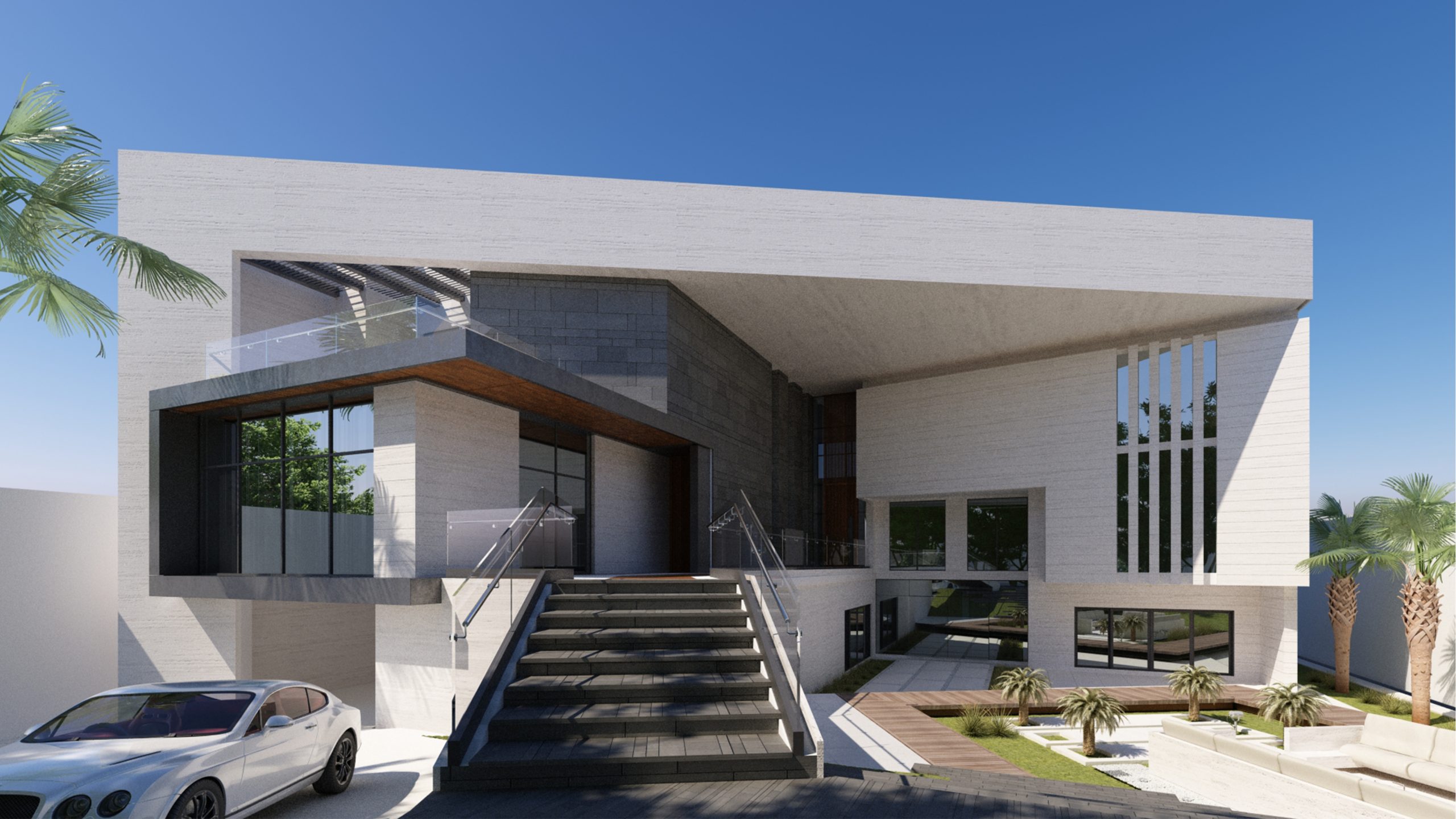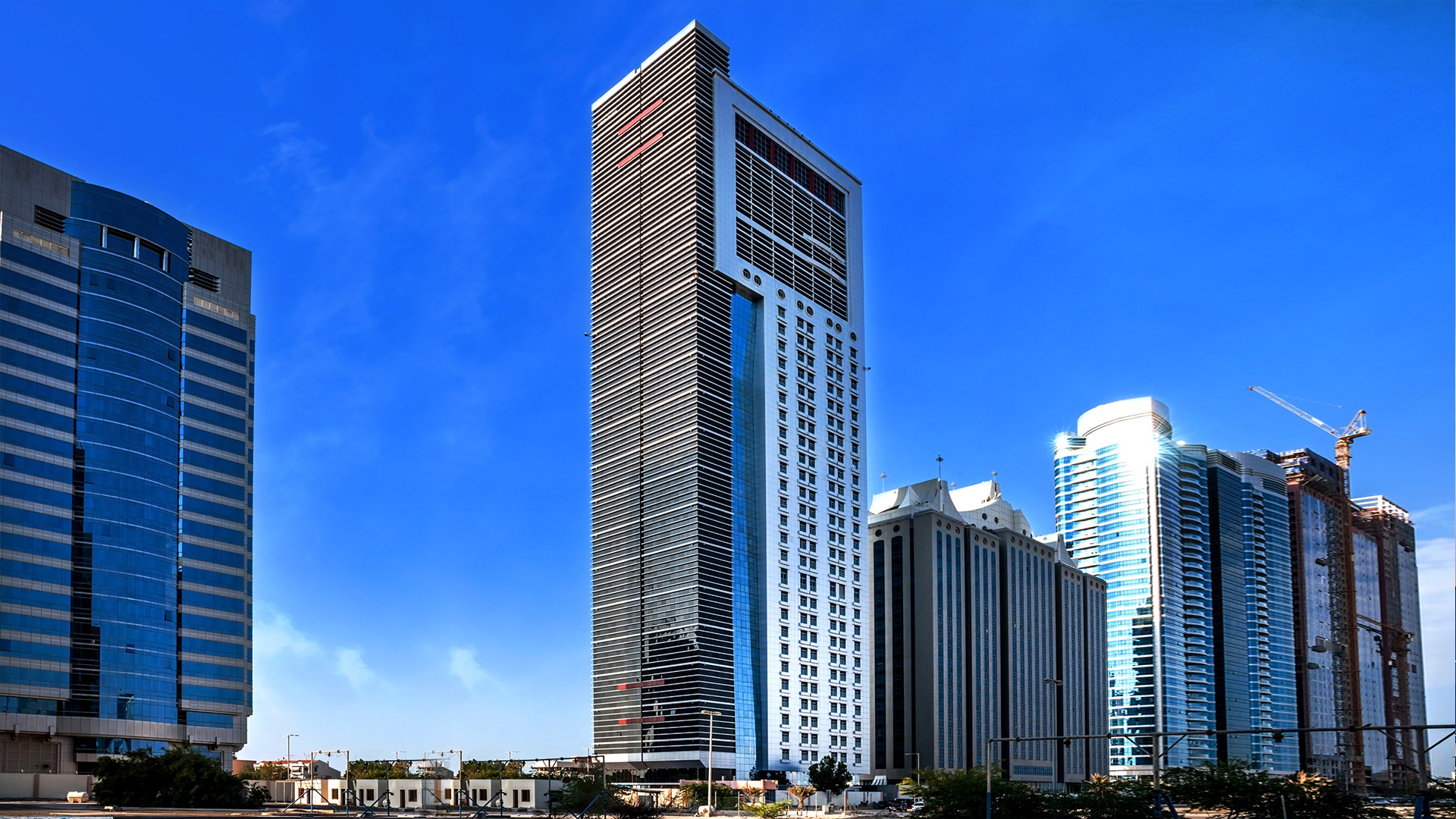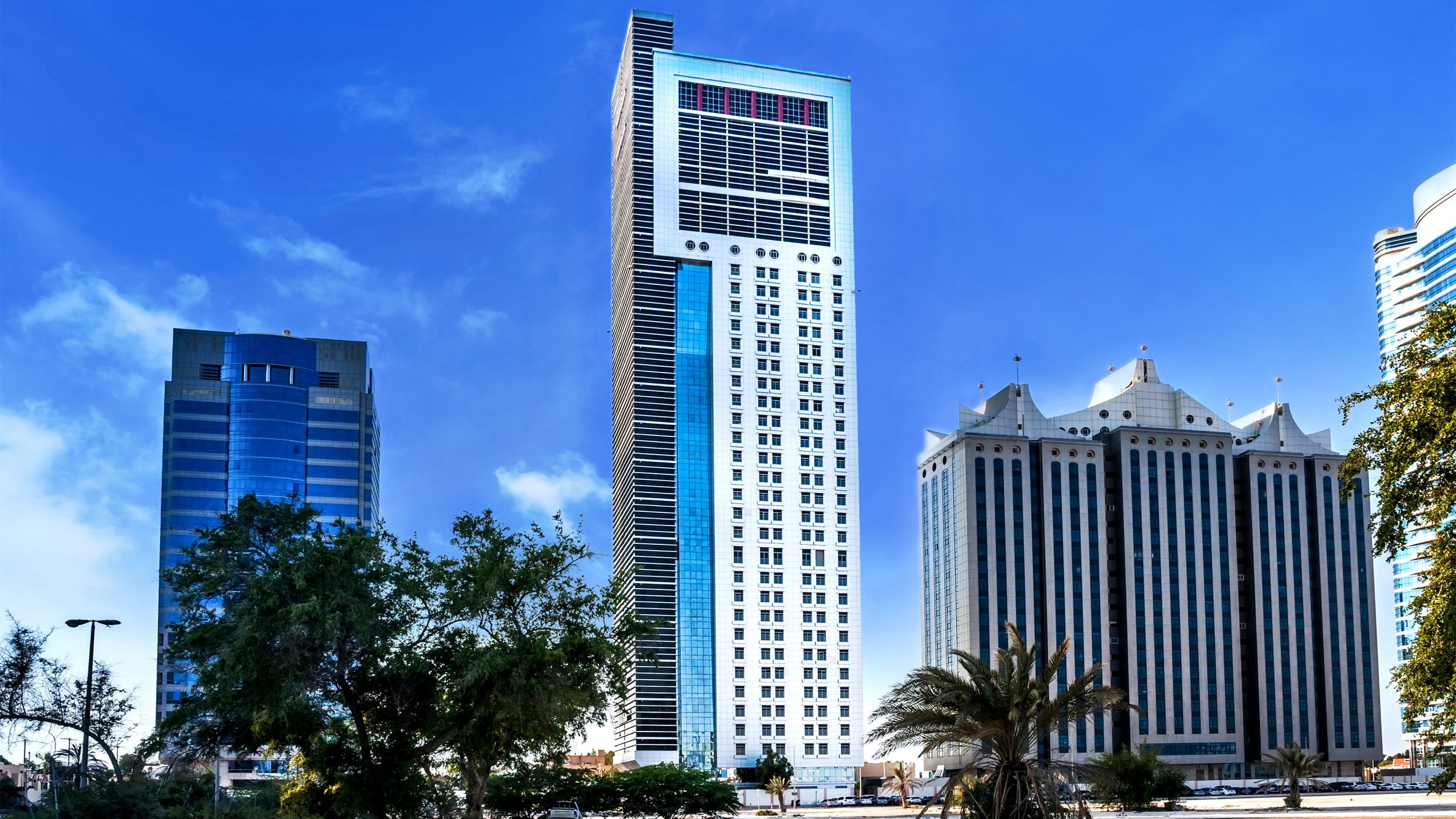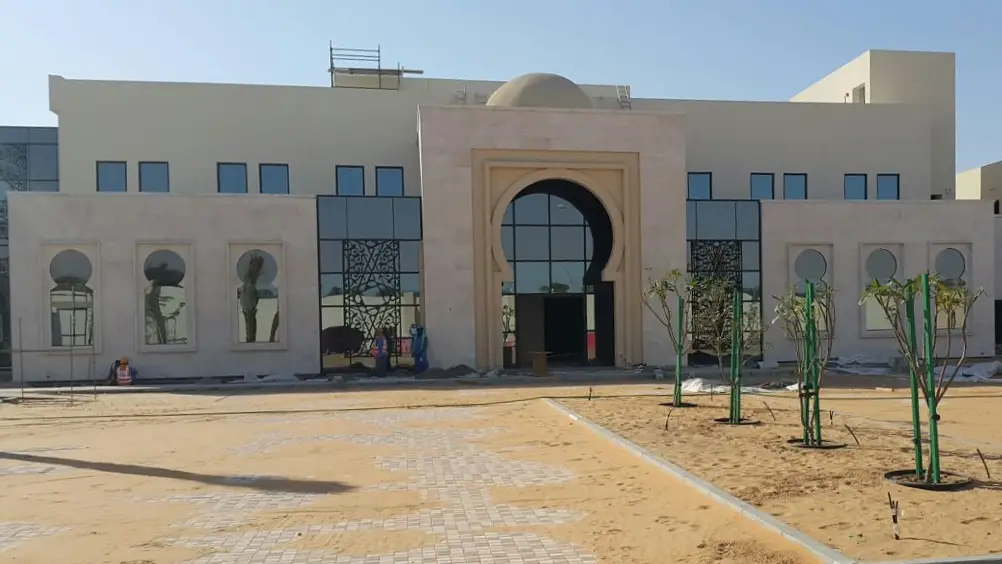
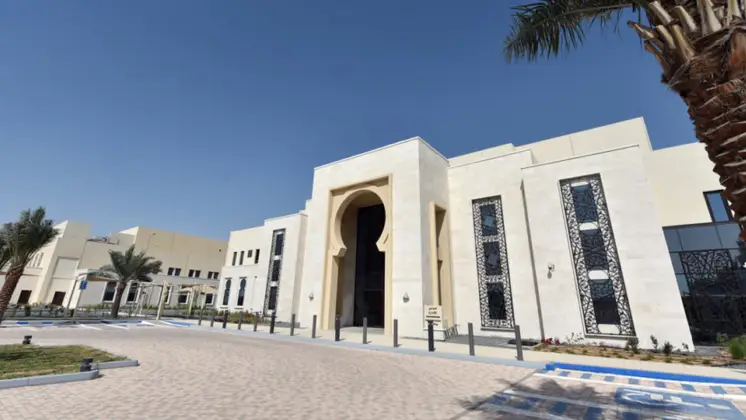
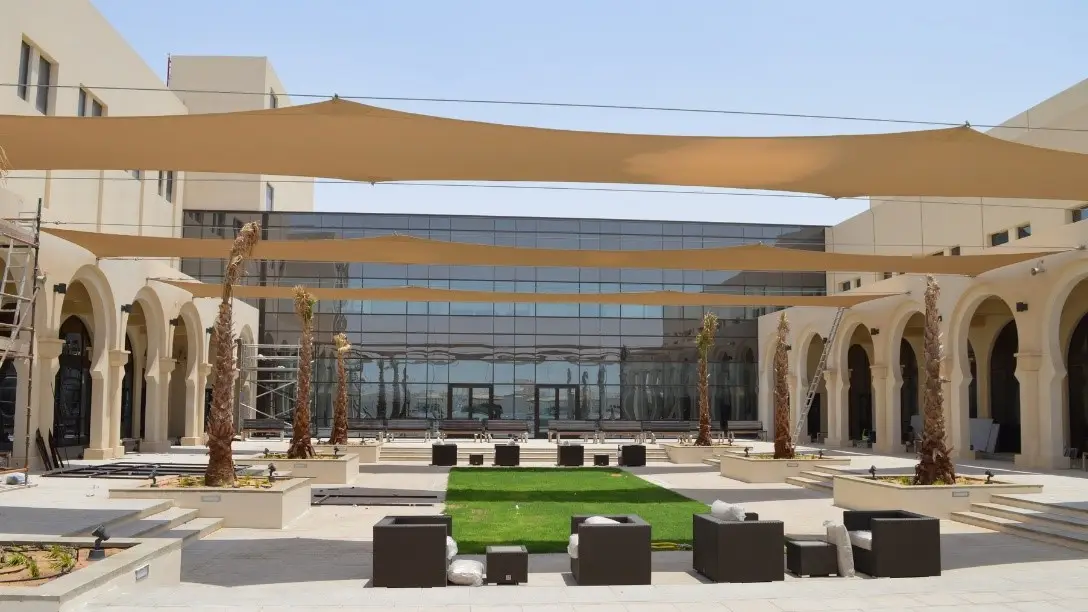
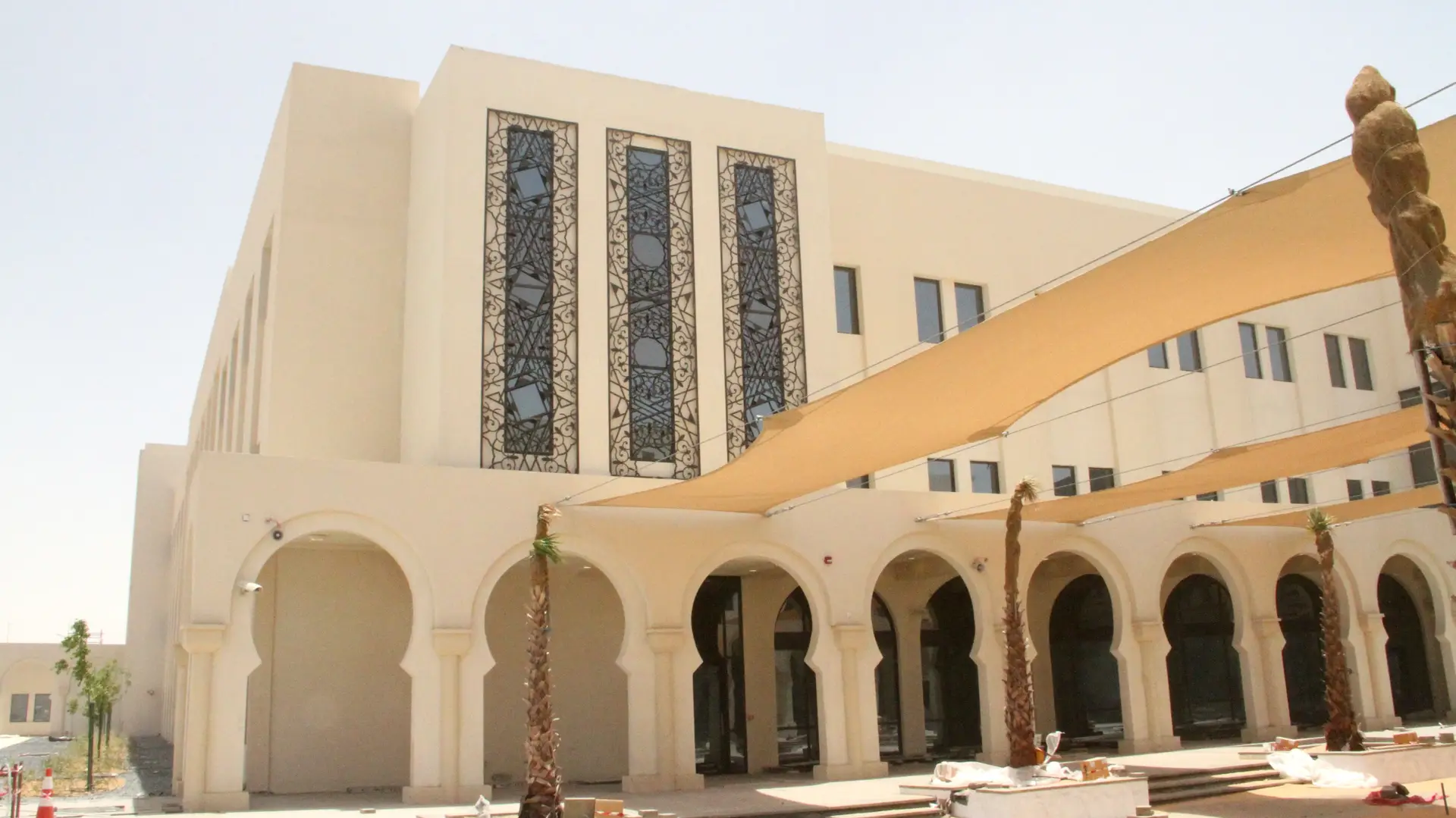
Project Overview
The National Rehabilitation Center is a cutting-edge healing facility designed for the treatment of drug and alcohol-related addictions. The architectural style draws inspiration from regional Islamic architecture, blending cultural traditions with modern functionality. This center is not just a place for treatment but also a hub for education and research, embodying a mission to heal, educate, and integrate patients back into society.
Goals & Objectives
The primary aim was to create a culturally sensitive rehabilitation center that aligns with the UAE’s healthcare vision. Key objectives included:
- Establishing a world-class facility for the treatment and long-term care of individuals battling addiction.
- Providing culturally appropriate care with separate male and female clinics in line with societal traditions.
- Supporting patients’ reintegration into society by offering opportunities to live and work within regular societal structures during treatment.
- Promoting education and research in addiction treatment to advance knowledge and practice in the field.
Challenges
- Cultural Sensitivity: Designing a facility that respects cultural norms, including gender separation and religious practices, while ensuring clinical effectiveness.
- Holistic Healing Environment: Creating spaces that address not only physical and mental recovery but also spiritual and social well-being.
- Sustainability: Meeting high environmental standards to earn a 2 Pearl Design Rating while delivering an operationally efficient facility.
Key Features
- Extensive Capacity: The facility features 224 beds, divided into male and female clinics to ensure culturally appropriate care.
- Comprehensive Services:
- Outpatient clinics to serve non-resident patients.
- Long-term residential care, integrating treatment with opportunities for societal participation.
- Recreational facilities for holistic healing.
- A dedicated research center to advance addiction treatment methodologies.
- Cultural Integration:
- A mosque to support patients’ spiritual needs.
- Architectural design inspired by regional Islamic architecture, blending historical elements with contemporary innovation.
- Sustainability: Achieved a 2 Pearl Design Rating, incorporating energy-efficient systems, sustainable materials, and environmentally conscious construction practices.
- Community Amenities: The project includes a restaurant and thoughtfully designed recreational spaces to support patient recovery and social reintegration.
Design Solutions
In partnership with HKS, Bayaty Architects crafted a design that prioritizes patient care, cultural sensitivity, and sustainability. Key elements include:
- Healing-Centered Design: Thoughtful spatial arrangements promote privacy and tranquility, supporting mental and emotional recovery.
- Gender Separation: Male and female clinics operate independently, reflecting local cultural practices while maintaining equal access to care.
- Research and Education: The integration of a research center ensures the facility not only heals but also contributes to advancements in addiction treatment.
- Modern Islamic Architecture: The design embodies regional aesthetics with a forward-looking approach, symbolizing the center’s mission to step into the future while honoring its roots.
Outcome
The National Rehabilitation Center stands as a beacon of innovation and compassion in the field of addiction treatment. Its key achievements include:
- Providing a comprehensive facility that combines inpatient, outpatient, and research services under one roof.
- Successfully integrating cultural values with modern healthcare design.
- Achieving a 2 Pearl Design Rating, demonstrating a commitment to sustainability and environmental responsibility.
- Establishing a center that not only heals but also educates and inspires, supporting long-term recovery and societal reintegration.
This project highlights Bayaty Architects’ capability to design facilities that respect cultural traditions, prioritize patient care, and meet rigorous sustainability standards.

